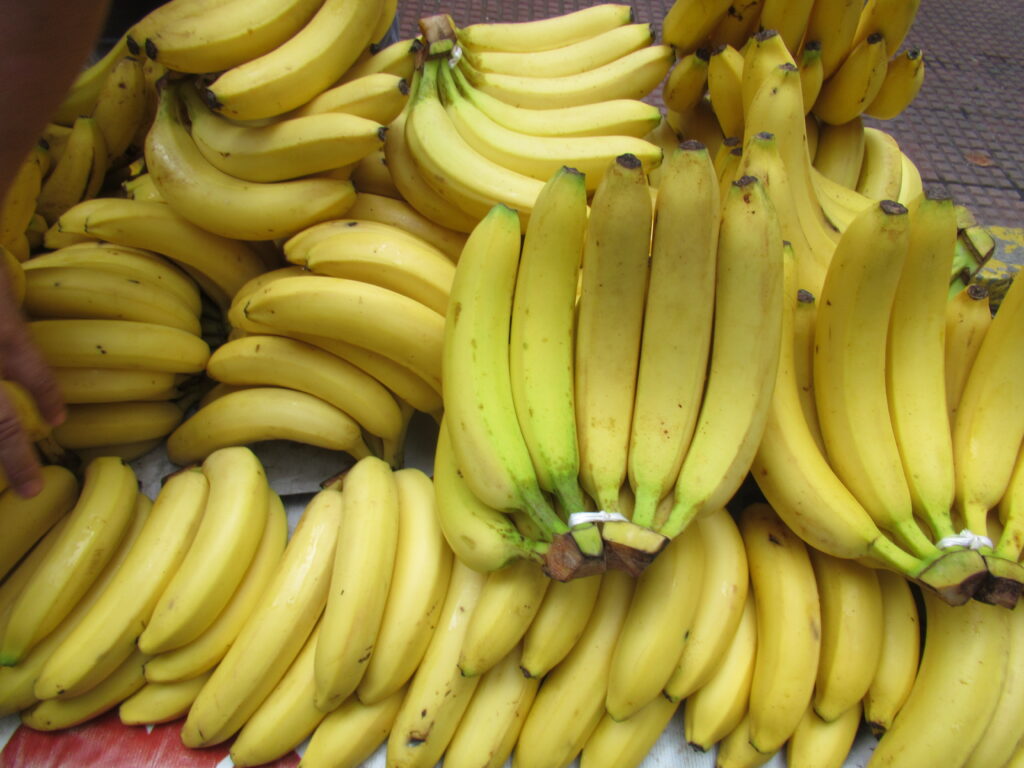Conservation efforts often face complex ethical dilemmas, none more contentious than the question: can we justify the sacrifice of individual animal lives for the greater good of conservation? This issue lies at the intersection of ethics, ecology, and practicality, forcing conservationists, policymakers, and the public to grapple with difficult choices. While some argue that sacrificing few for the many is a pragmatic approach, others maintain that every animal life holds intrinsic value. This article delves into the multifaceted debate, exploring both the scientific and ethical dimensions.
Understanding Conservation Goals

Before addressing the ethical quandary, it’s crucial to understand the primary goals of conservation. Conservation efforts aim to protect species, preserve biodiversity, and maintain ecological balance. This often means ensuring the survival of endangered species, which can sometimes necessitate difficult decisions. Efforts might include habitat protection, anti-poaching measures, and breeding programs. Each of these aims to create a harmonious coexistence between humans and nature, but sometimes, these goals can seem at odds with individual animal welfare.
The Greater Good Argument
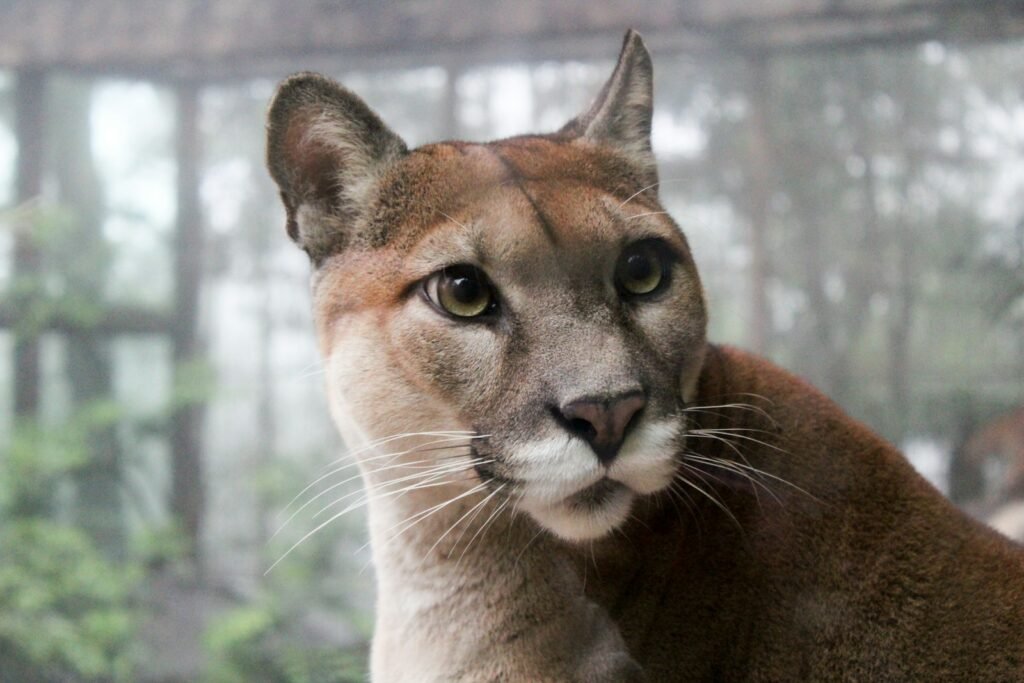
The greater good argument hinges on utilitarian principles, where actions are justified if they result in the greatest amount of good for the greatest number. Applied to conservation, this might mean culling invasive species that threaten native wildlife or controlling the population of an overabundant species for ecosystem health. Proponents argue that such actions, though harsh, are necessary to protect ecosystems and biodiversity at large. They believe that by focusing on population and ecosystem-level benefits, conservationists can ensure a sustainable future for countless species.
The Ethical Consideration of Individual Lives
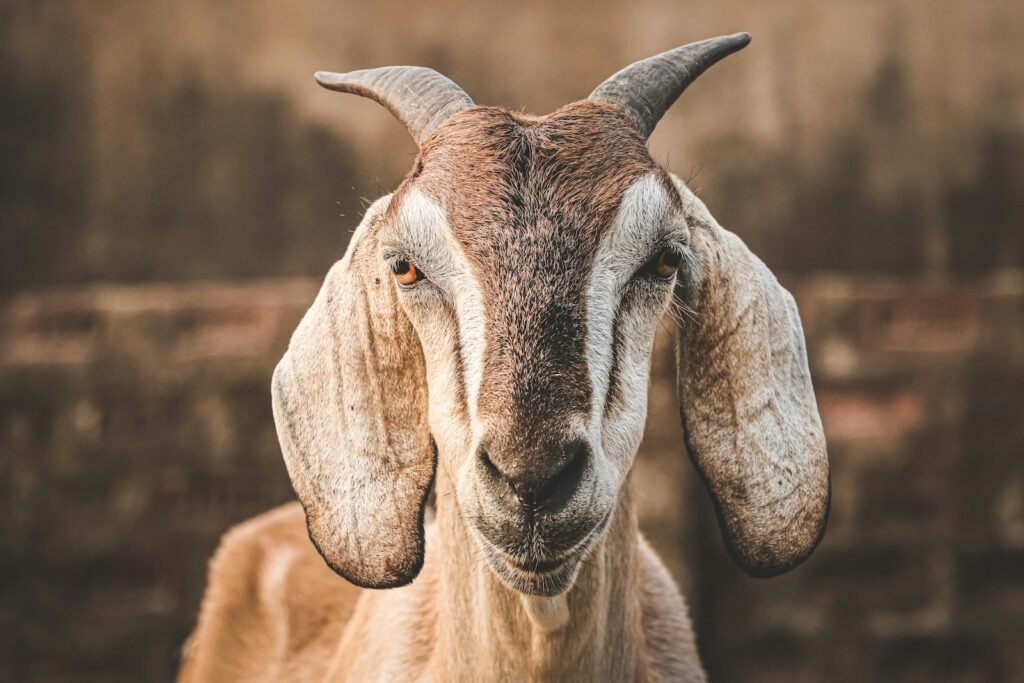
Conversely, the ethical consideration of individual animal lives focuses on the inherent value and rights of each creature. Animal rights advocates argue that every animal, regardless of its role in the ecosystem, deserves ethical consideration and protection from harm. This perspective challenges the idea of sacrificing individuals for a perceived greater good, promoting a more holistic approach that seeks alternatives to lethal measures. This includes non-lethal wildlife management and innovative conservation strategies that respect individual lives while seeking broader ecological benefits.
Case Studies: Complex Decisions in Action
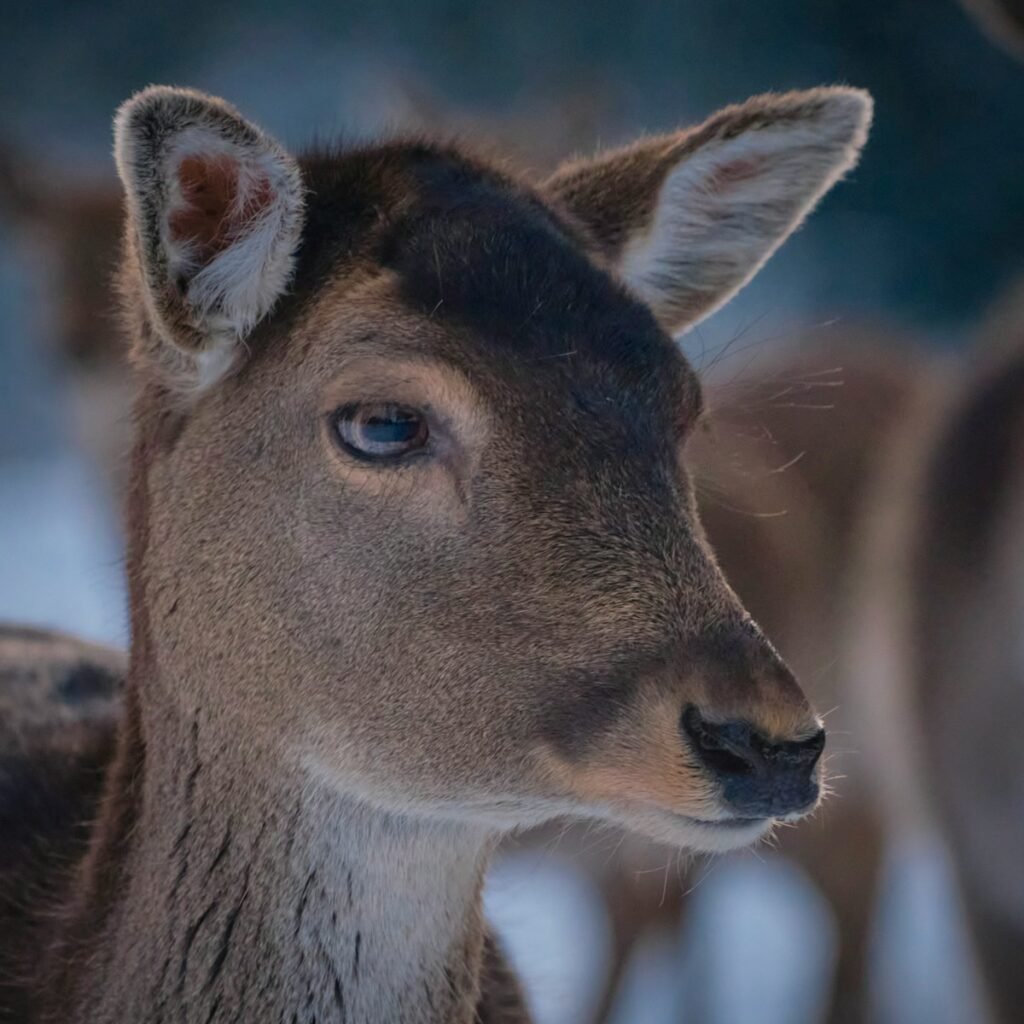
Several case studies illustrate the complexity of these ethical decisions. For instance, the culling of invasive deer species in certain national parks is conducted to protect native vegetation and prevent ecosystem collapse. Another example involves controlling the population of grey seals, whose numbers have surged, impacting local fish stocks and marine ecosystems. These situations present tough choices for conservationists, who must balance the needs of individual animals against broader ecological imperatives.
Alternatives to Sacrifice: Seeking Middle Ground

Fortunately, there are alternatives to the sacrifice of individual animal lives in conservation efforts. Innovations in wildlife management have shown the potential for non-lethal solutions. This includes the use of fertility control to manage populations, relocation strategies to move animals to suitable habitats, and the development of conflict mitigation measures to reduce human-wildlife clashes. These approaches require more resources and time but offer a middle ground that aligns with both conservation goals and ethical considerations.
The Role of Public Opinion and Policy

The debate over individual sacrifices in conservation is not just an academic or policy issue; it involves public opinion and societal values. Public support is crucial for successful conservation programs, and understanding shared values around animal rights and ecosystem health can guide policy development. Transparency in decision-making, public education, and stakeholder involvement are essential for balancing ethical considerations with conservation goals.
Conclusion: Navigating Ethical and Ecological Imperatives
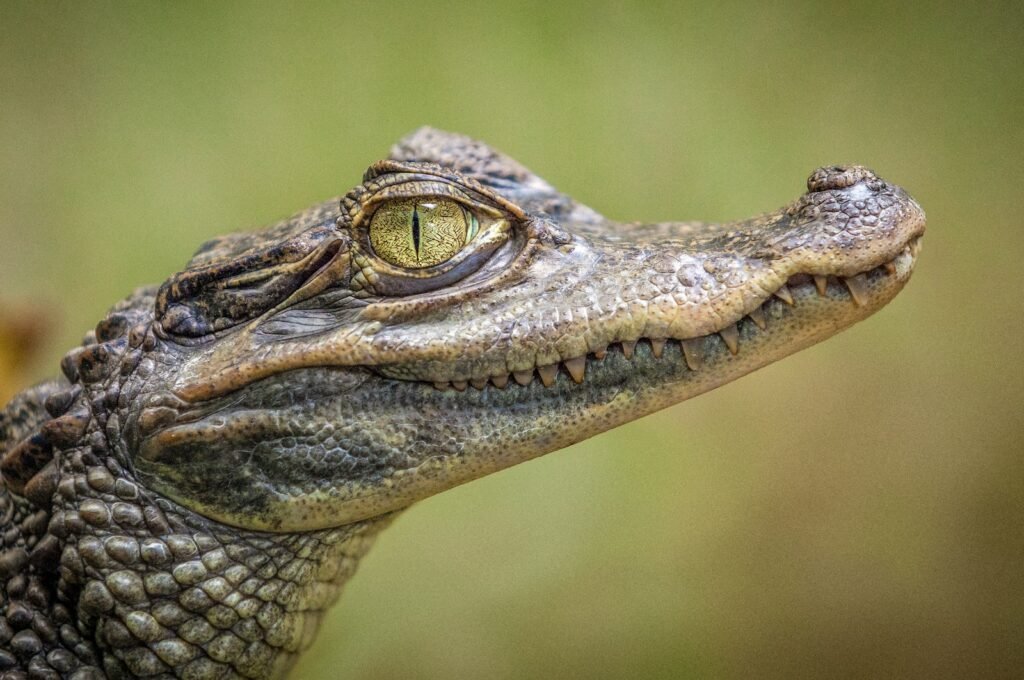
Ultimately, whether we can justify the sacrifice of individual animal lives for conservation remains a deeply personal question, influenced by ethical beliefs and ecological understandings. While the greater good argument emphasizes pragmatism, the rights of individual animals remind us of our ethical obligations. As conservation science advances, integrating technology with ethical considerations can pave the way for more effective and humane conservation strategies. Balancing these imperatives is key to addressing the challenges posed by a rapidly changing world, where both individual welfare and overall biodiversity are priorities.




